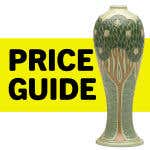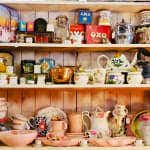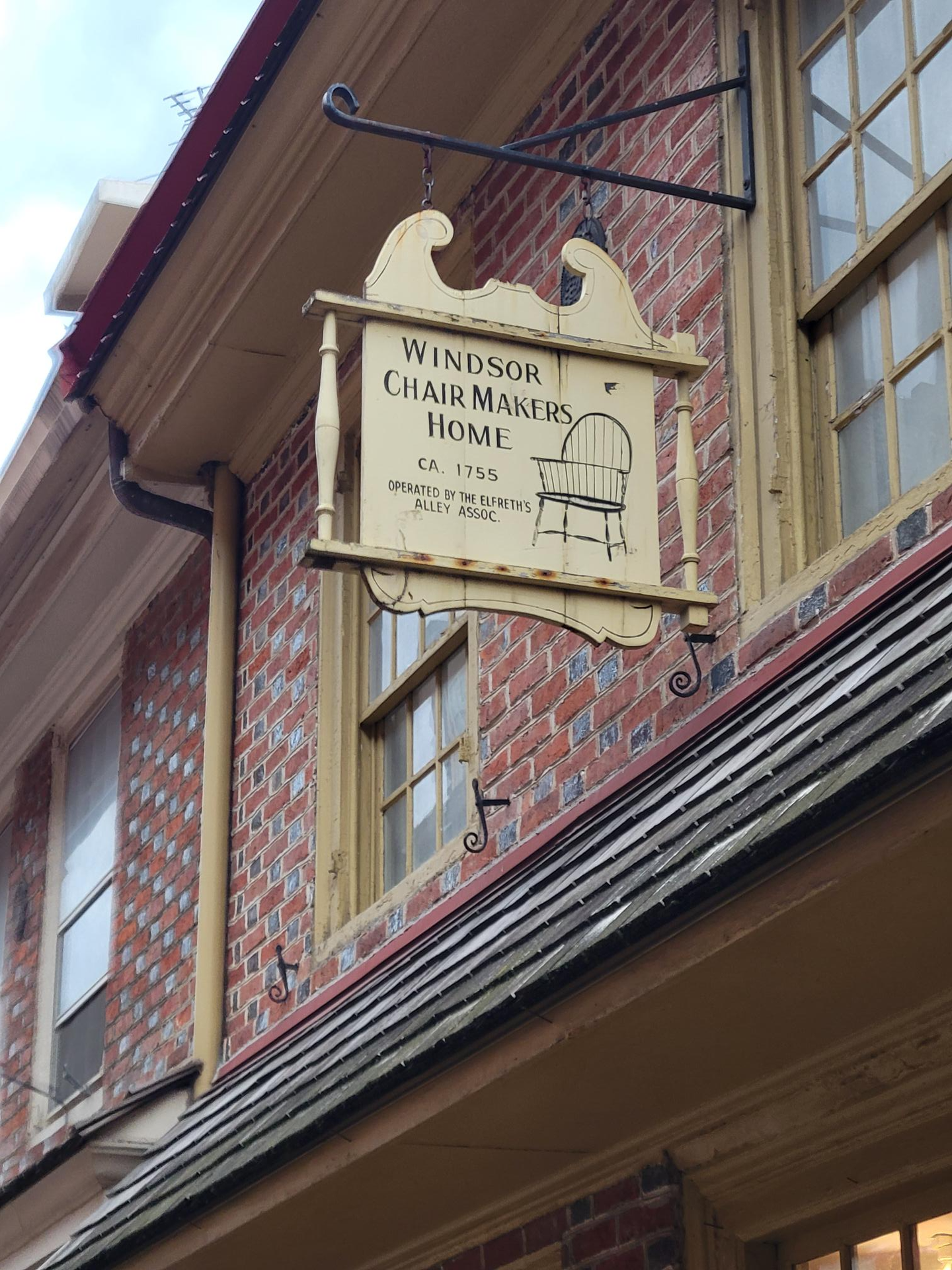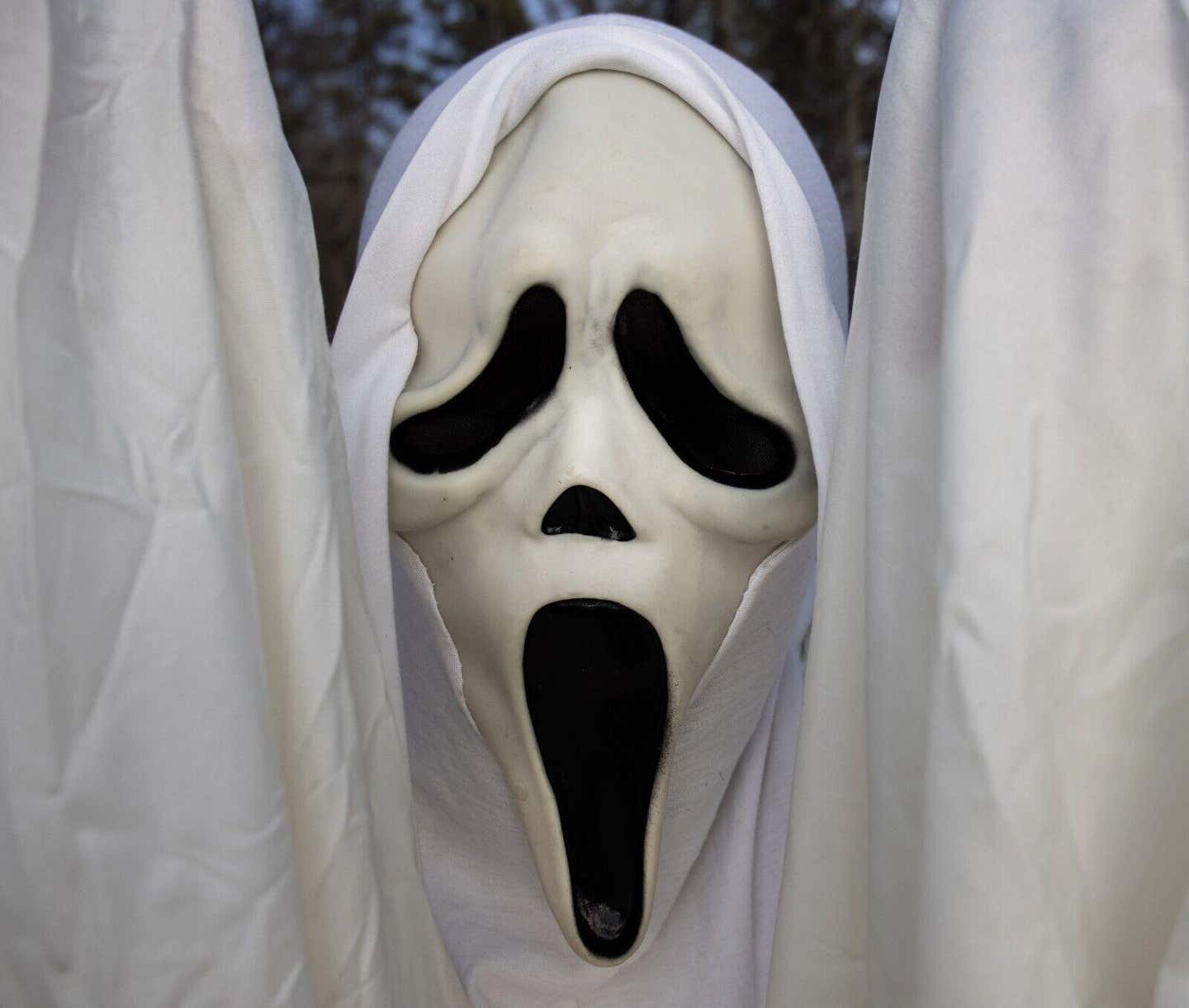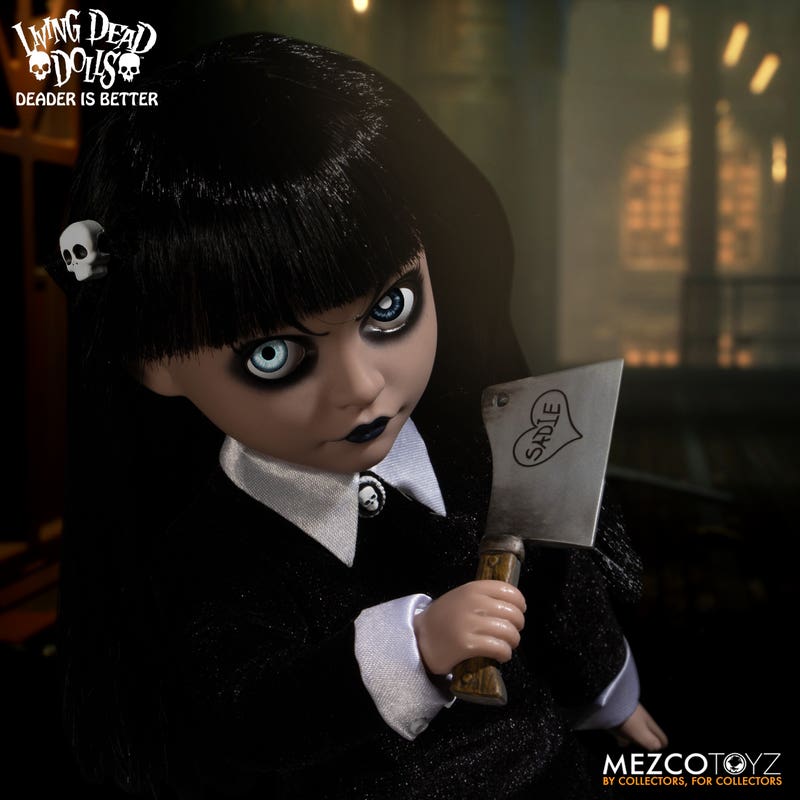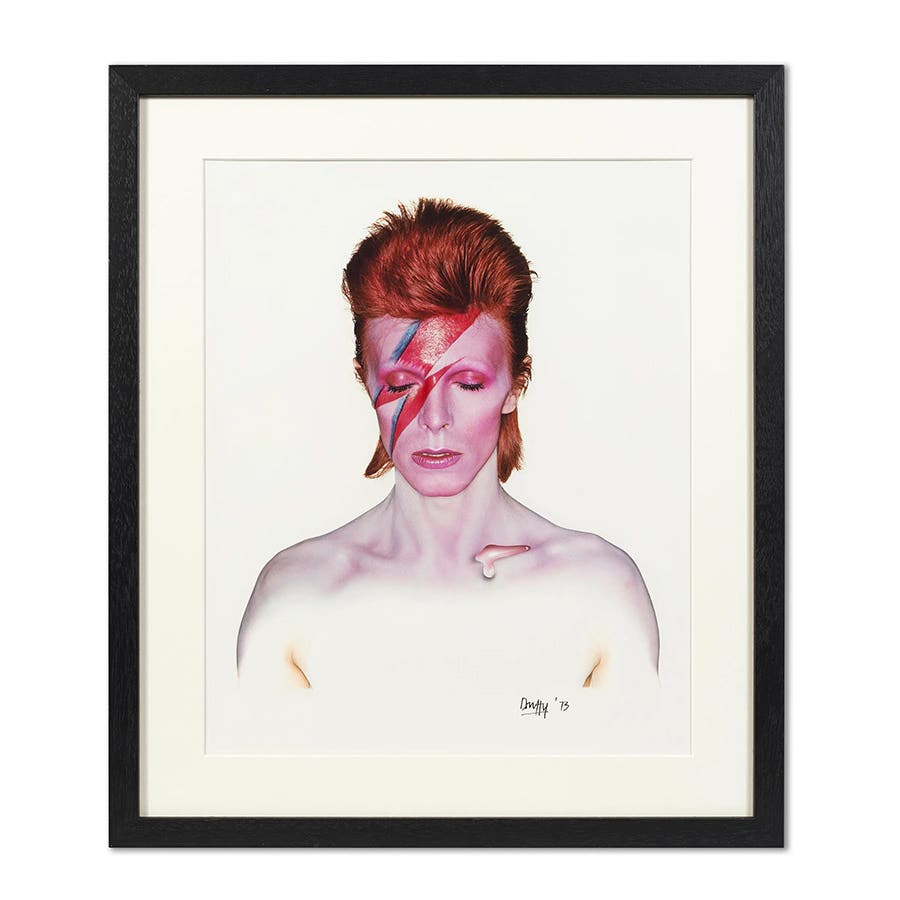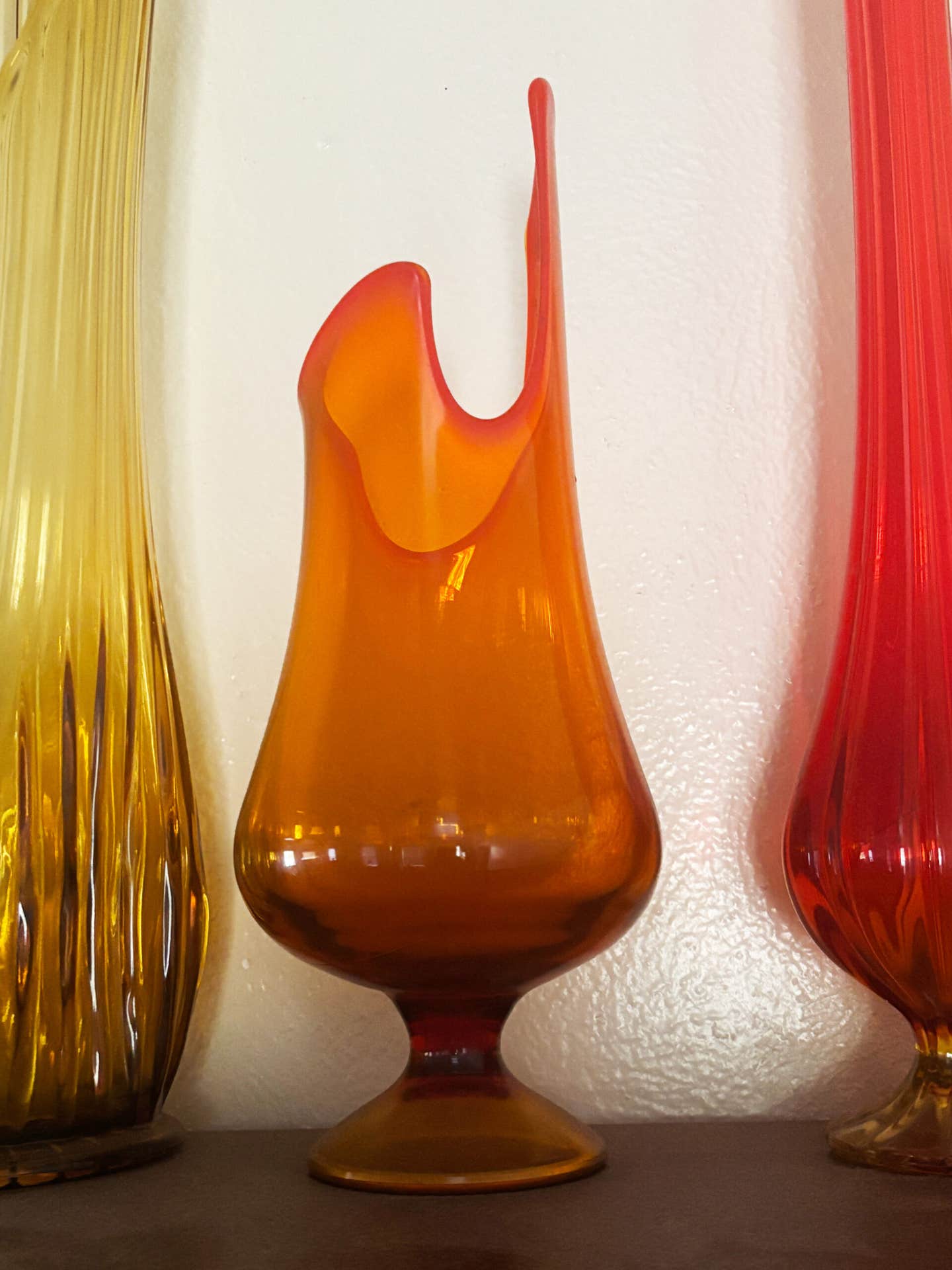Collecting the Macabre, the Morbid, and the Marvelous
Where death becomes decor and weird is just good taste.
Collecting the macabre isn’t everyone’s cup of tea, but as the saying goes, “One person’s nightmare is another’s niche collection.” From Victorian mourning rings to vampire-slaying kits that look like they came straight out of a Tobe Hooper horror film, macabre collectibles are having a moment. Their eerie beauty and often historical weight have long fascinated niche collectors, but interest soars every fall—especially as Halloween casts its seasonal spell.
For some, it’s about the aesthetics; for others, it’s about the stories these strange artifacts whisper, of protection from witches, love preserved beyond the grave, or a showman’s flair for the grotesque. Macabre collectibles are the treasures of the weird, the wonderful, and the just-a-little-bit-wicked.
What Qualifies as “Macabre”?
Not all macabre collectibles are created equal. Some lean into history and ritual, while others walk the razor’s edge of taboo. For some collectors, that means acquiring human bones, death photos, or medical instruments once used for amputations and bloodletting. Others seek out death masks, funeral parlor signage, or the personal effects of notorious criminals and serial killers—a niche that regularly sparks ethical debates.
For those who prefer their collectibles without a side of gruesome, the appeal lies in objects like vampire-slaying kits, witch bottles, spirit communication tools, and Victorian mourning jewelry. Even freak show relics, including two-headed taxidermy or sideshow banners, find homes in modern-day curiosity cabinets. Whether reverent or sensational, all these items tap into humanity’s long-standing obsession with death, fear, and the unknown.
For horror fans, the macabre can be purely cinematic. Vintage horror movie posters, screen-used props, and memorabilia from cult classics like Halloween, Psycho, or Night of the Living Dead offer all the thrills with none of the ethically sticky residue. From a Freddy Krueger glove to Bela Lugosi’s autograph, horror collectibles let fans honor the genre’s dark magic, minus the blood and bones.
For the sake of brevity (and weak stomachs, including my own), we’ll be looking at macabre collectibles with more of a theatrical than a ghoulish bent.
In Case of Vampire: Break Seal
and former administrator of British India. Image courtesy of Hanson’s Auctioneers.
Perhaps no object captures the sensational thrill of macabre collecting like the vampire-slaying kit. These boxed wonders often include an arsenal that even Buffy would approve of: wooden stakes, crucifixes, Bibles, holy water vials, and silver bullets—these tools were supposedly meant to protect the living from the undead.
One of the most famous examples was sold through Hansons Auctioneers in June 2022. Estimated at just £2,000–£3,000, the kit, once belonging to Lord Hailey, a British peer and former administrator of British India, fetched an astonishing £13,000 hammer price (about $20,000) with buyer’s premium. Another kit in 2022 brought in $15,600 after a bidding war. Even pop culture has weighed in: a vampire kit appraised on Pawn Stars with mid-1800s provenance was valued at $25,000 but sold for $16,000.
But how “real” are these kits? Most scholars agree that few, if any, were ever assembled during the time of actual vampire panic. Instead, many were put together during the Victorian Gothic revival or, even more recently, inspired by horror films and tourist curiosity. Still, their value remains strong, and collectors are advised to look for authentic period components, provenance, and signs of genuine 19th-century craftsmanship.
Bottled Dark Magic
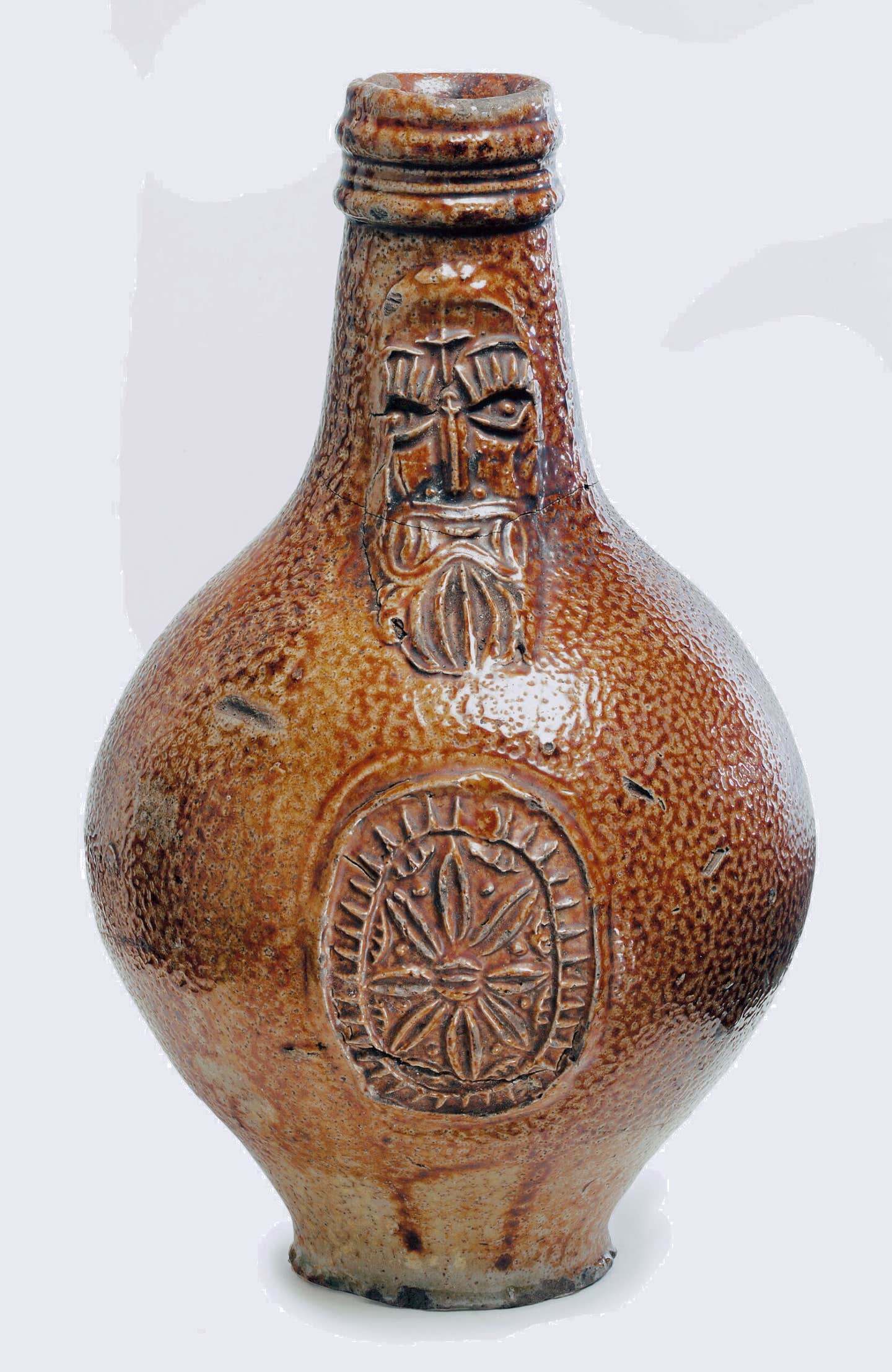
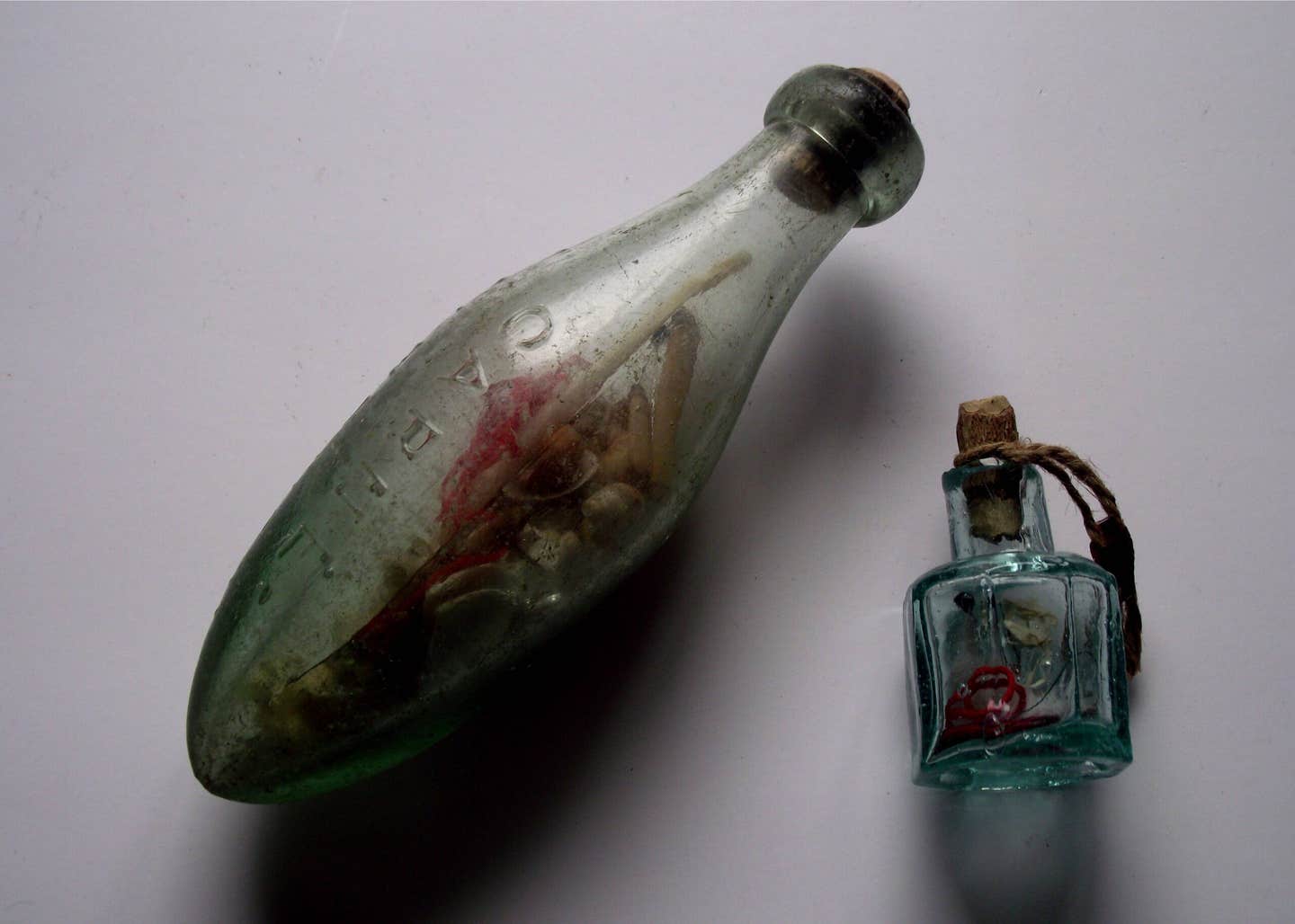
Witch bottles, dating back to 16th-century England, are one of the earliest examples of evil-deflecting folk magic. Typically buried beneath hearths or thresholds, these vessels were believed to trap curses or ward off witches. The contents? Usually, a pungent mix of pins, nails, hair, fingernail clippings, urine, and herbs. As if the threat of an unleashed black magic curse wasn’t enough to do it, here’s another excellent reason to leave them sealed.
While authentic witch bottles are rare on the market, they occasionally surface during construction or archaeological digs. The BBC’s Antiques Roadshow once featured a 17th-century example found inside a house wall during remodeling. Though often muddy and sealed, collectors prize bottles that remain intact with undisturbed contents.
Stoneware “Bellarmine” jugs are the most common type from the early period (before the early 18th century), while later glass bottles are sometimes found in Victorian settings. Serious collectors look for context, dig site or location documentation, condition, and period consistency. Even empty bottles with a strong find story can be desirable, particularly in the folklore and academic community.
Memento Mori: Reminders of the Inevitable
Image courtesy of Kunstauktionshaus Schloss Ahlden via LiveAuctioneers.
Derived from the Latin for “remember you must die,” memento mori objects were designed to keep mortality at the forefront of the mind. These reminders of death weren’t limited to wearable mourning jewelry; they can also be found in the form of decorative skulls, carved bone, ivory figurines, reliquaries, and glass-domed displays. While many of these pieces emerged from European spiritual and philosophical traditions, the concept of honoring the dead through objects transcends borders. In Mexican culture, Día de los Muertos blends remembrance with artistry, with vibrant calaveras (skulls), ofrendas (altars), and symbolic keepsakes serving as both tribute and tradition. Whether somber or celebratory, these objects reflect a shared human instinct: to give death a form we can see, hold, and try to understand.
During the Victorian era, memento mori took a more intimate turn through the use of hairwork. Locks of the deceased’s hair were braided, curled, or woven into intricate designs, then set under glass in brooches, rings, or pendants, often with an image of the deceased. These pieces might form initials, mourning scenes, or symbolic motifs like urns or weeping willows. At the time, society viewed hair as incorruptible, a tangible connection to the departed, and collectors today value both the sentiment and craftsmanship.
of Rita B. Grunwald. 15”L x 17 1/4”Drop. Image courtesy of Ripley Auctions via LiveAuctioneers.
Not all memento mori involved hair. Earlier examples were more overt, using materials like jet, ivory, or enamel to symbolize time running out. Georgian-era mourning rings and pendants often included miniature portraits, funeral imagery, or even tiny coffin lids. These objects were less personal than hairwork but still deeply symbolic. For collectors of macabre or mourning-related antiques, memento mori pieces offer a compelling blend of artistry, emotion, and cultural history.
Strange Spectacles and Spiritual Echoes
The macabre has always loved an audience. Whether pitched under the glare of carnival lights or captured in the flickering séance of spiritualism, some of the most compelling collectible oddities fall somewhere between entertainment, belief, and illusion. From images of human anomalies to spirit photography, taxidermy curiosities, and spirit boards that once promised to connect the living with the dead, collectors today are drawn to these objects for their theatricality, mystery, and rich cultural context.
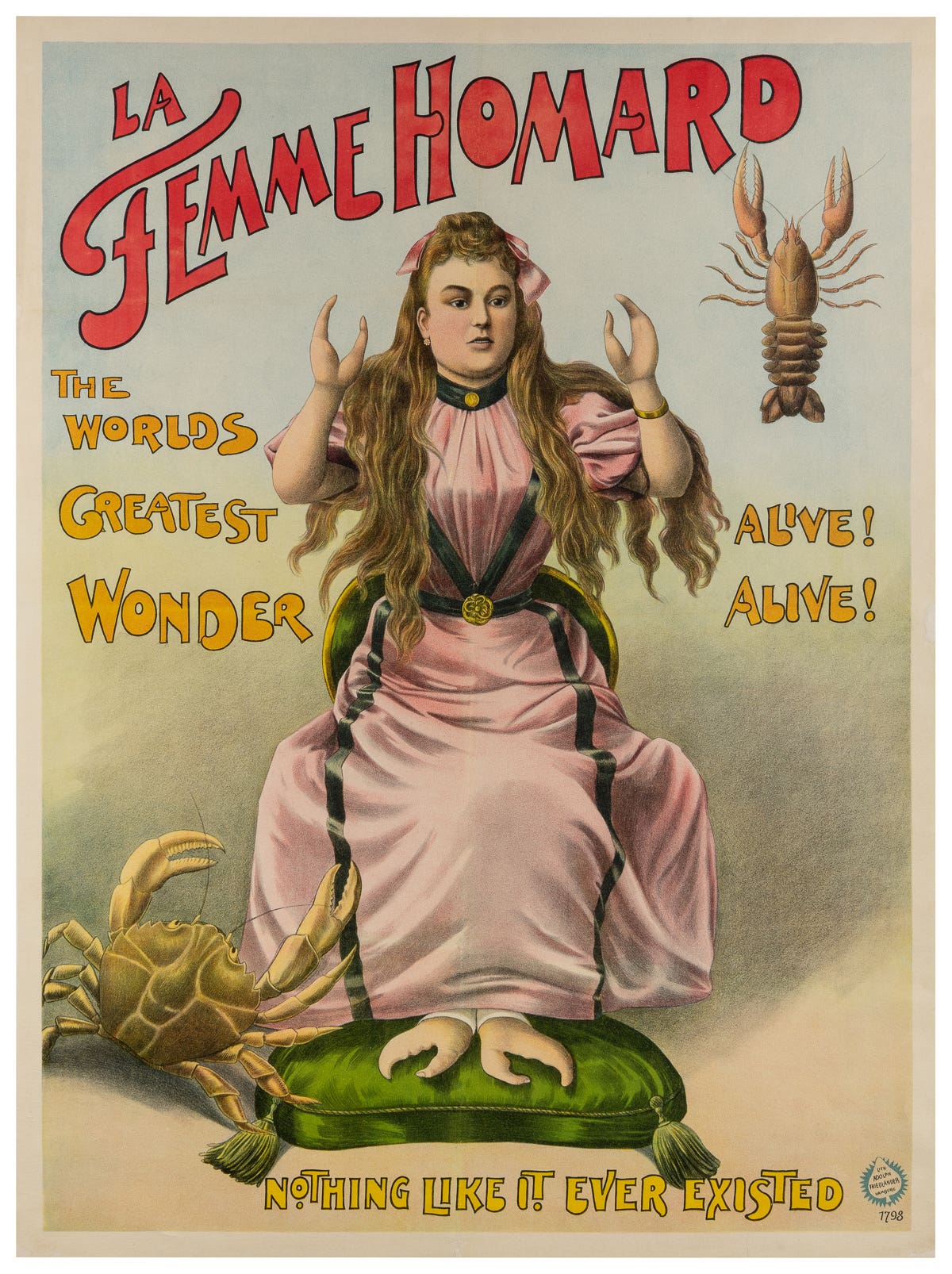
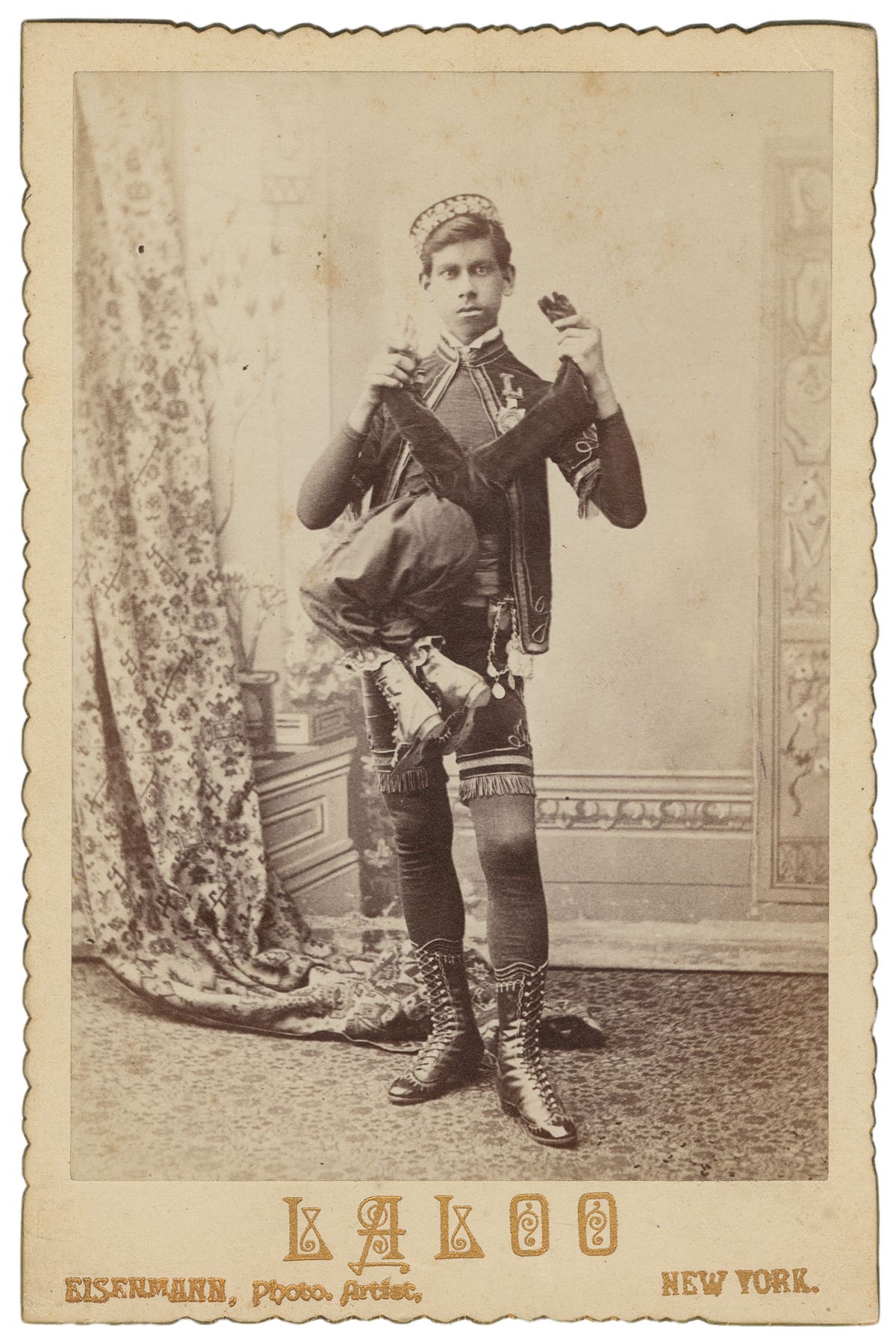
Some items, like anatomically unusual mounts or creatively assembled creatures, straddle the line between folk art and hoax. Others, like Ouija boards, séance tools, and postmortem photographic trickery, offer insight into our very human craving to make contact beyond the veil. And then there’s the cinematic side of the macabre: photos, props, and promotional ephemera from classic horror films continue to command attention, especially when tied to genre icons like Bela Lugosi, Boris Karloff, or Lon Chaney.
While these collectibles span vastly different origins, they share a certain aura: a performative darkness and a wink toward the unknown. Whether believed, feared, or just admired, they offer tangible glimpses into how different generations have commercialized fear, packaged the paranormal, and made peace with the mysteries beyond the known world. As with many collectibles in this realm, provenance and presentation elevate value. From mourning jewelry to freak-show photos and posters, spirit boards to theatrical taxidermy, collecting the macabre speaks not just to the idea of death, but also how we humans learn to live with it. For collectors, that blend of history, oddity, imagination, and perhaps, just a touch of trepidation, is what makes the macabre irresistible.
You may also like:
